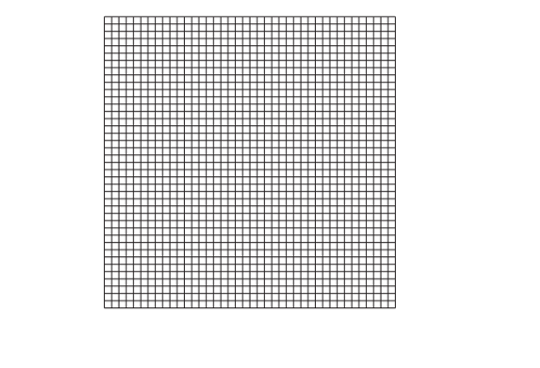Fig. 1 shows an image of a monarch butterfly, Danaus plexippus.

Fig. 1
Make a large drawing of one of the hindwings of the monarch butterfly shown in Fig. 1.
Fig 2 shows an image of a viceroy butterfly, Limenitis archippus.

Fig. 2
Describe one visible similarity and two visible differences between the viceroy and the monarch butterflies’ wings.
A student investigated the relationship between the body mass of monarch butterflies and the length of their forewings. The student recorded the data for five butterflies in Table 1.
Table 1
| Butterfly | Body mass / g | Forewing length / mm |
| A | 0.2 | 38 |
| B | 0.3 | 42 |
| C | 0.5 | 50 |
| D | 0.7 | 58 |
| E | 0.8 | 62 |
Plot a graph on the grid to show the relationship between body mass and forewing length.

[4]
Describe the relationship shown on the graph.
[1]
A student found a monarch butterfly with a forewing length of 55 mm. Use the graph to estimate the body mass of this butterfly.
Show on the graph how you obtained your answer.
[2]
Did this page help you?



